The curious case of Porn Hub & Art: questioning imagination, social imaginaries and moral orders
Recently PornHub, a digital media streaming platform dedicated to pornographic content, launched an intriguing ‘art’ project. PornHub organized a digitally guided tour of ‘erotic paintings’ housed in the most prominent museums and galleries. The art newspaper reported ‘admirers of artistic depictions of the human body can either view the works online, or go to the museums in-person and follow a map provided by Pornhub to see the selected masterpieces up-close and very personal.’ PornHub involved established professional pornographers such as Cicciolina Ilona Staller, Asa Akira and an amateur pornographer-couple who actively produce and perform pornography. The PornHub project gives a houmous and sexually proactive audio and video guided tour on nude arts and erotic painting based in the Met (New York City), National Gallery (London), Museé d'Orsay (Paris). PornHub was even diversity-sensitive and included a section called ‘another perspective’ to showcase non-European erotic art.
However, PornHub was forced to take down the guided tours because museums have taken legal actions against PornHub with the excuse of copyright infringement. The museums could only act as legal guardians of the paintings, but they act as owners and copyright holders of these nude depictions to force PornHub. Reeves Law Group writes, ‘The creators of these artworks are long dead … in most cases by hundreds of years. The museums have no “copyright” ownership of these works of art. Should they control or profit from the usage of reproductions of the artwork?’ Pornographers reimagined the erotic art and classic nudes by adding their descriptions and provocative interpretations. For instance, the description by Porn Hub for Of Botticelli’s Spring hanging in Uffizi Gallery (Italy) says the artist ‘painted this for a dude called Lorenzo de Medici to give to his new bride – presumably as a medieval mood starter”. Asa Akira explains ‘[it is] time to ditch those boring self-tour recordings and enjoy every single brushstroke of these erotic masterpieces with me’.
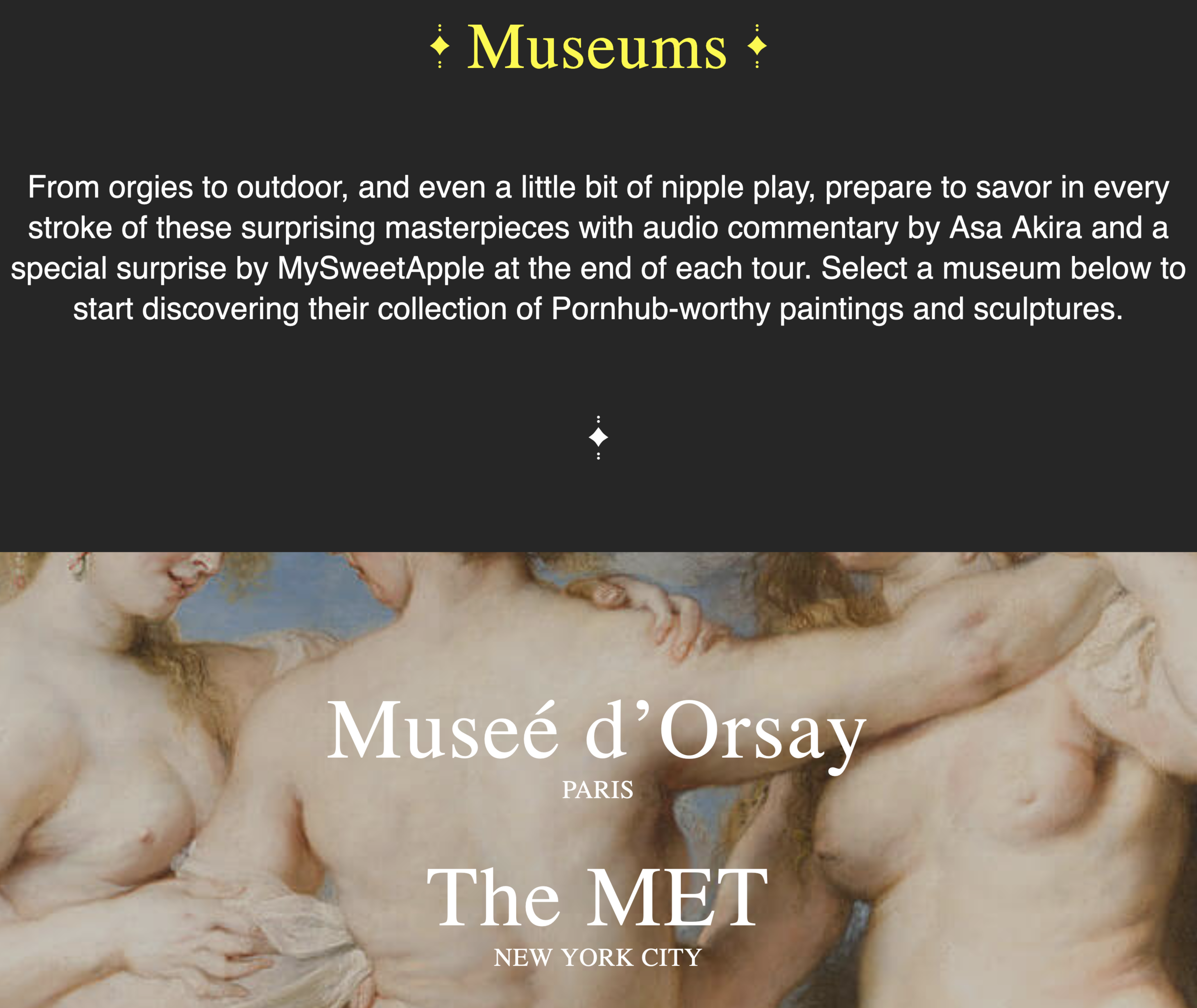
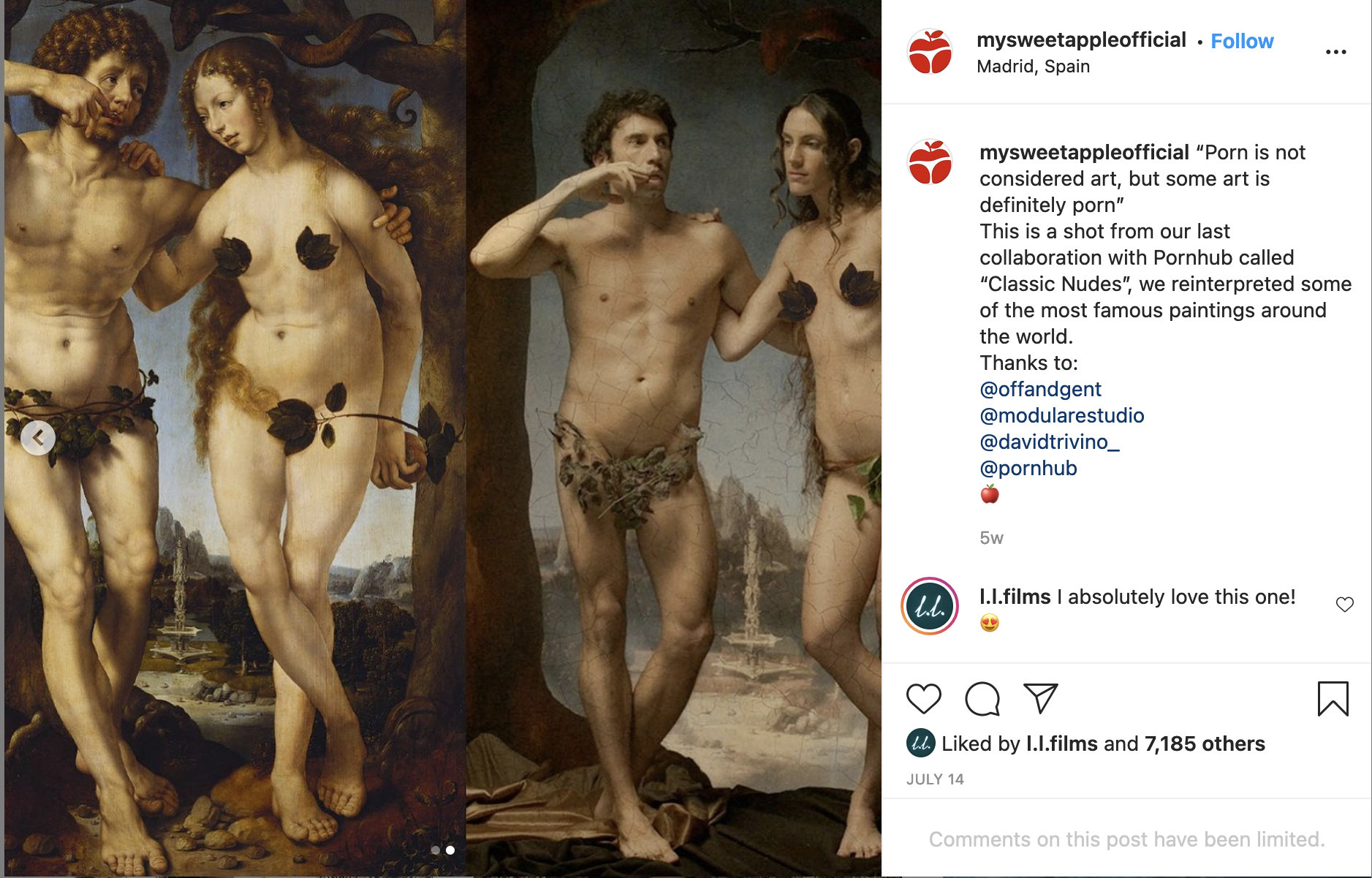
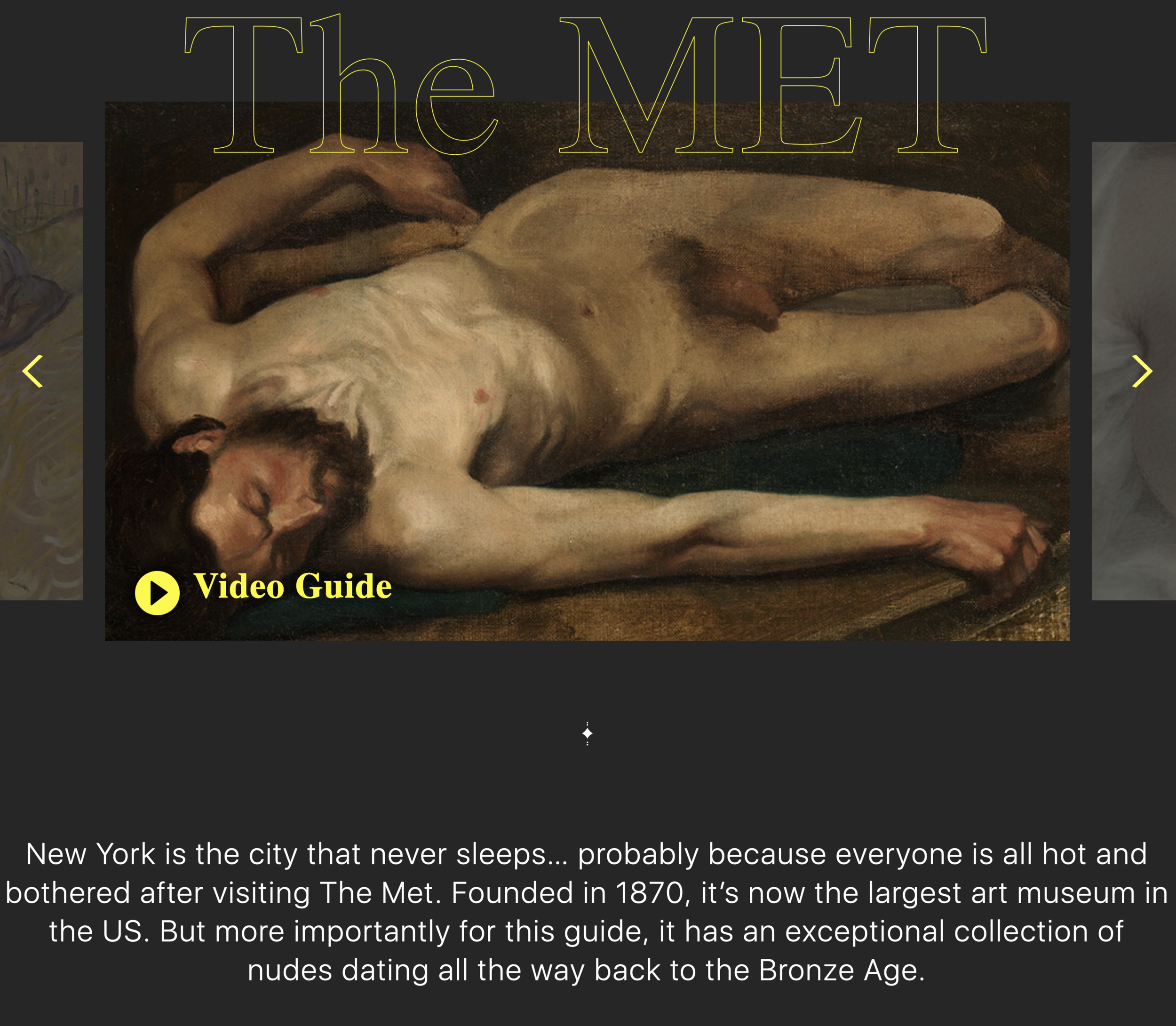
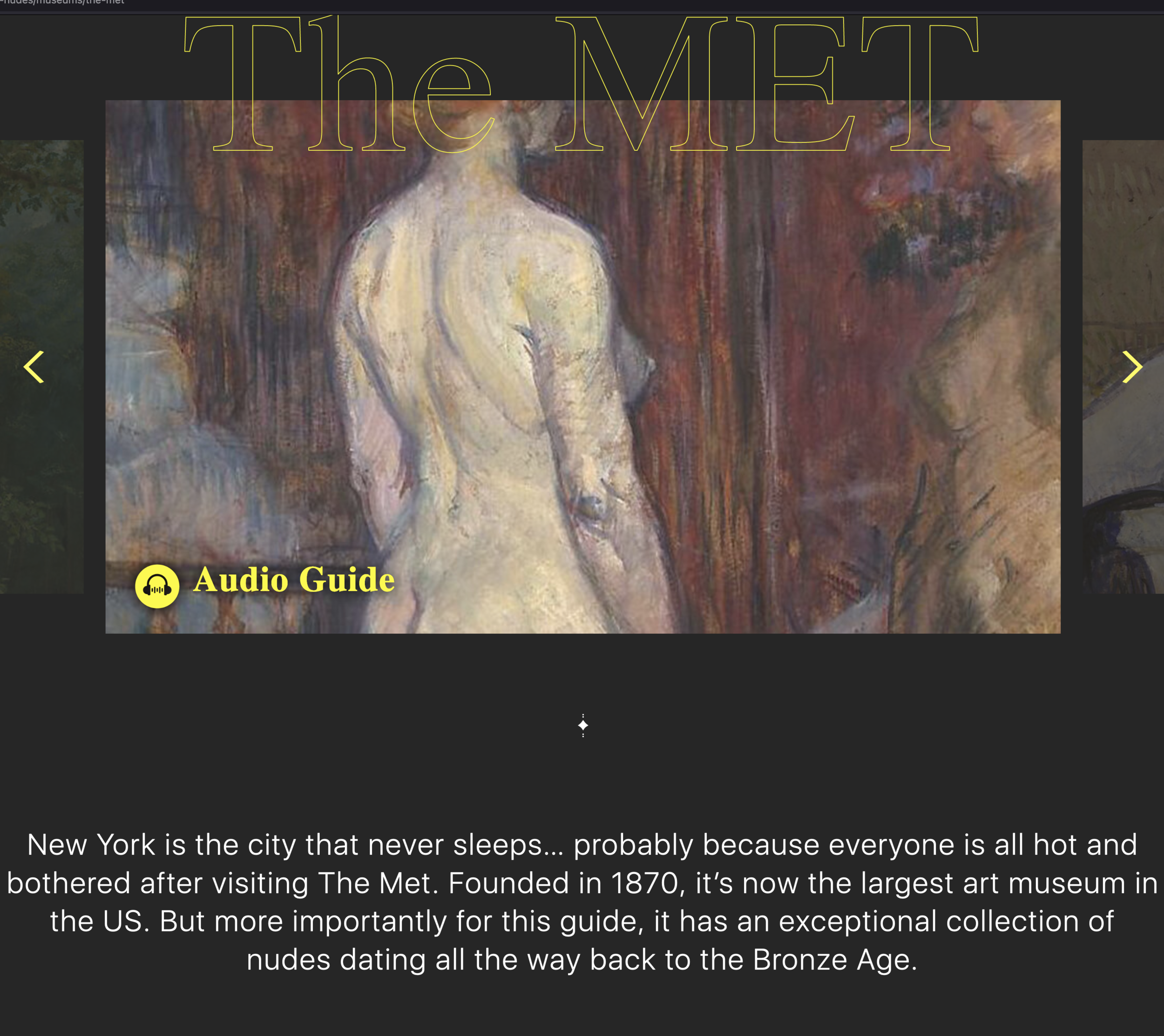
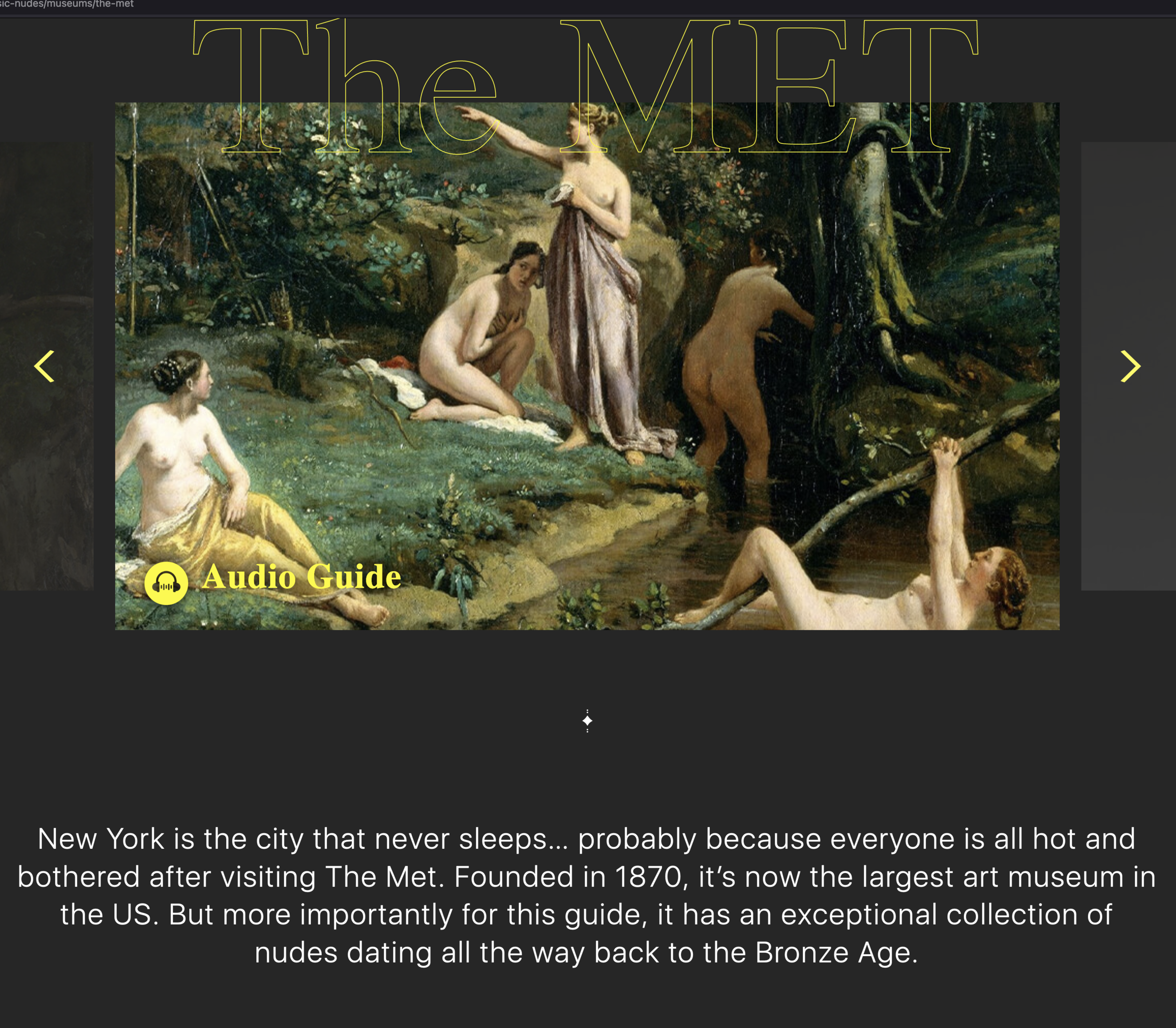
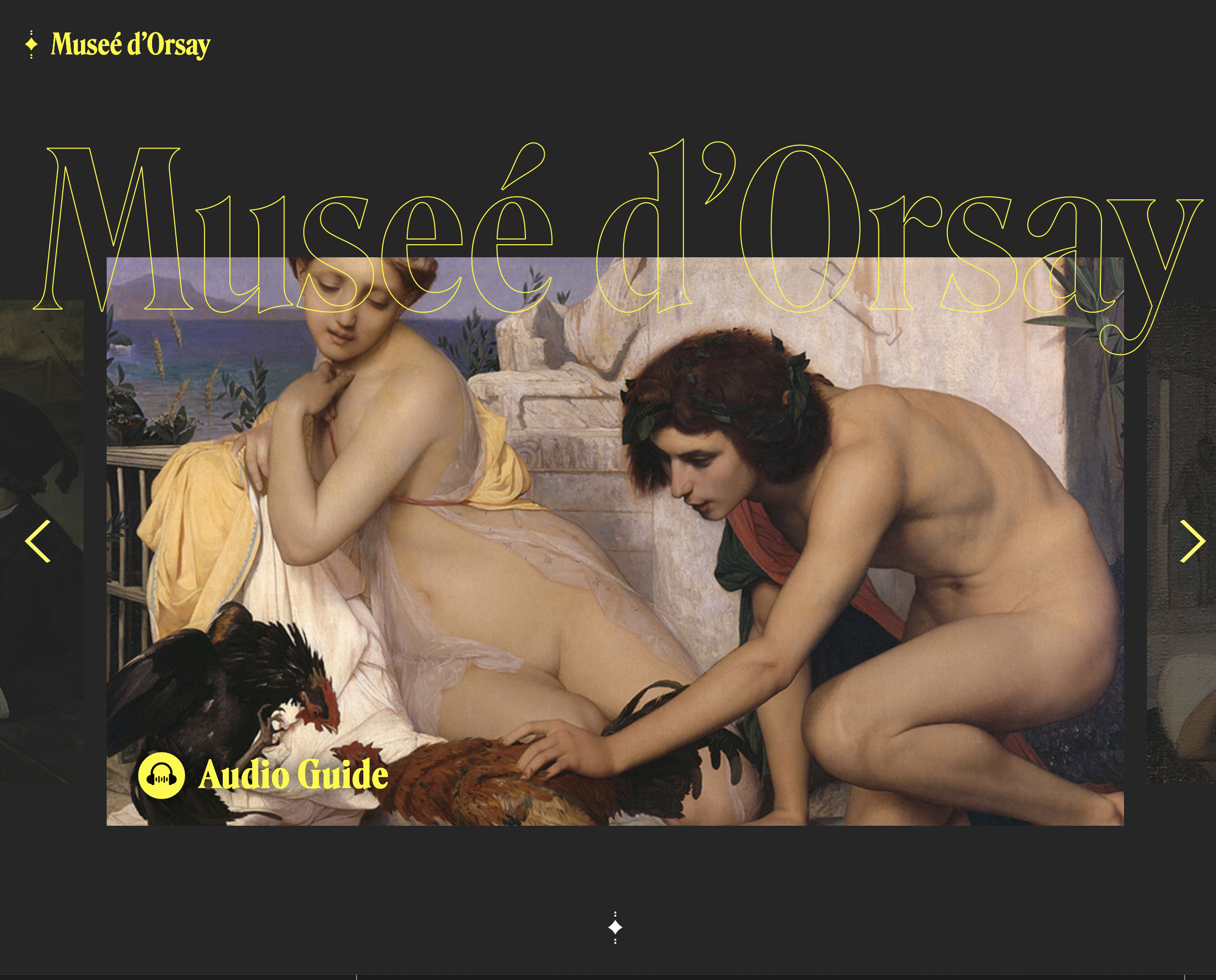
I rephrase the event anthropologically; PornHub and pornographers unsettled the epistemological power of museums and art establishment on the description of classic nude and naughtily expressed resistance against snobbish highbrow art that does not consider pornography to be an art form/genre. The legal reaction and criticism to PornHub and its mischievous campaign to re-imagine and re-tell classic nudes emerge from the European moral order that cannot handle what Susan Sontag called pornographic imagination. I paraphrase Charles Taylor (2003), the moral order underlies the normal of things, and it is the hermeneutic clue to the understanding of the real. In other words, the moral order indicates boundaries and parameters of what locally is understood as ‘normal’. Taylor adds normative order is the ‘mutual respect’; however, decades of anthropological studies and critical research on minorities show that respect does extend to those who fall out of the norm. Re-narration of classic nudes and highbrow art through pornographic articulation by pornographers shakes up the norm. They challenged the moral order not even through explicit content but instead through satire and playing with innuendos. However, museums perpetuate Victorian moral order and take issues with the narrator (the social actor) who does not fit into their normative order. Many highbrow artists draw, photograph and present naked human bodies in replication and inspiration from classic nude (like Karen Krizanovich) without legal reprimands from guardians of the art world’s moral order. However, pornographers’ attempts upset the moral order, and the same artistic courtesy is not extended to them because of the shame, distaste and exclusionary ideas that are attached to pornography in general.
The moral order is integrated into the social imaginaries, which suggest the way individuals imagine the society they inhabit and sustain. Individuals as a collective and as a society may imagine sex-work as shameful and degrading when the moral order remains conservative, limited and perpetuate certain sexual conduct as ‘norm’. Individuals may hold their individuated approach to sexual conducts and sex-work privately, informally and personally; however, they operate collectively differently. Often, individuals within a social/collective either confirm and comply with the social imaginaries, or they tolerate silently and remain indifferent toward the social imaginaries. Of course, there are rare occasions of subversion, dissent and revolt. The compliance, silence and revolt occur because an individual as a moral agent is located in a larger social framework whose very ‘nature is to exhibit a hierarchal complementary’ (Taylor 2003). The moral order and social imaginaries highlight ‘the ways people imagine their social existence, how they fit together with others, how things go between them’ (Taylor 2003). These imaginaries and so-called moral orders are carried in images, stories and legends. The reaction to PornHub re-imagining and re-narrating the ‘images’ which contribute to European artistic sensibilities and cultural history shows social imaginaries are guarded, protected and preserved because of the moral order embedded in social imaginaries. The social imaginaries interact with individuals’ imaginations; their interactions could inform and subdues imaginations (think of propaganda); their interactions could inform, stimulate and elevate (think of critical education); their interactions could inform and contest (think of revolution, protests and riots) and also their interactions could inform and negotiate (think of political dialogues and reformations). Social imaginaries constantly interact with imagination because imagination operates as an open-ended capacity, unpredictable, and radical capacity. In other words, imagination operates as an individual capacity to form perspectives through incoming everyday experiences, reflect and interrogate presumptions, critically engage and dispute conventions. Imagination activates individual agencies; therefore, social imaginaries hold interactions with imagination to contain, control and govern individuals. However, this does not mean imagination is always an active and effective faculty that provokes critical thoughts and reelections among societies and individuals.
The crisis of imagination is the most significant threat that has already infected societies across the planet. Geoff Mann and Joel Wainwright explain in their book Climate Leviathan:
our challenge is closer to a crisis of imagination and ideology; people do not change their conception of the world just because they are presented with new data. Despite the many dire signals, most people in the global North still find comfort in the belief that the worst consequences — scarcity of food and water, political unrest, inundations and other so-called “natural disasters” — are far enough away or far enough in the future that they will not live to experience them.
The crisis of imagination occurs because imaginations have been subdued by sets of social imaginaries that limit minds to local-thinking. In other words, individuals blind their mindsets and imagination to what falls beyond their local social imaginaries. The crisis of imagination infects as individuals and governments don’t reflect on what is beyond their immediate bubble. For instance, Emmanuel Macron, in response to the rise of Taliban and displacement of Afghans due to the war, stated, ‘Europe must anticipate and protect itself from a wave of migrants’ Macron’s imagination remains within the limits of a particularly right-wing version of European social imaginary, which demands the protection of Europeans rather than considering humanitarian crisis and how refusing refugees and raising borders could damage larger geopolitics and increasingly feed the Taliban’s rhetoric of hate.
Imagination is the capacity to seek ‘reality otherwise’; however, it must remain unmoored from social imaginaries; otherwise, imagination will fall stale and subdued. Art, critical education and decentering dominant voices like Louvre Museum are needed to unsettle the norm, shake up moral orders and stimulate imaginations.
Here, you can listen to my podcast series Hopeless World of Reality , the fourth episode discuses Imagination and social imaginaries.